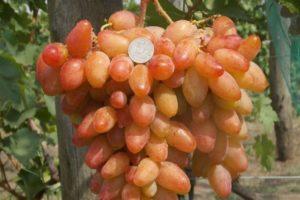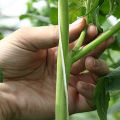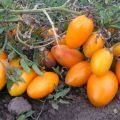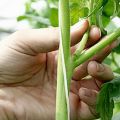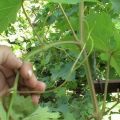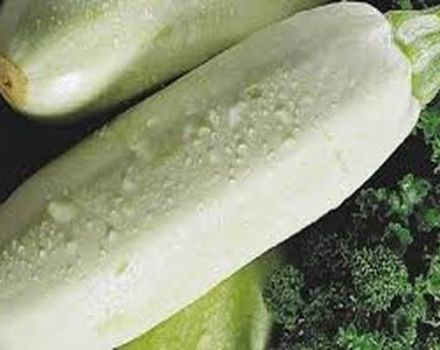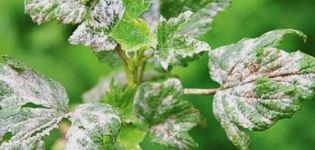Why do you need to pinch grapes in June and July and how to properly remove excess shoots
Each gardener plants several grape seedlings on his plot. But in order to obtain a bountiful harvest, it is necessary to carry out regular procedures. One of them is grape pinching. It is easy to master the knowledge of conducting. The main thing is to figure out why and at what time to carry out the operation, how stepchildren affect the productivity of the plant.
Pros and cons of pinning
After the beginning of the growing season, secondary stepchildren grow from the main shoot. Specialists evaluate secondary shoots differently, highlight not only positive aspects, but also negative ones.
Pros:
- the green mass of plantings increases, due to which the processes of photosynthesis are enhanced, and nutrition becomes better;
- young leaves convert the energy of the sun and carbon dioxide into useful substances;
- on the lateral branches, the leaves develop later - this is a good replacement for the old foliage of the main vine.
Having stepchildren helps nourish the grapes as they ripen. With proper care, the yield increases significantly.
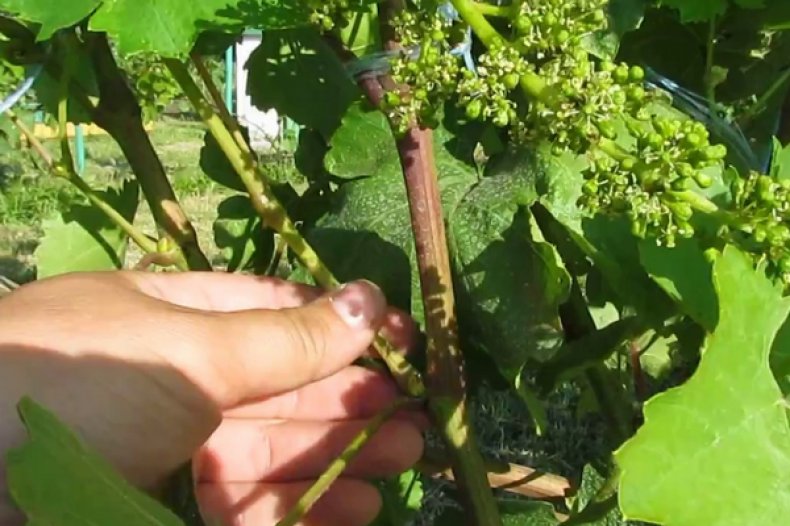
Minuses:
- If growth is left unchecked, the bush will become too thick. Ventilation will be impaired, and as a result, the plant will be affected by fungal diseases.
- Each branch wants to take as much space as possible for good growth. Therefore, the main vine will receive less nutrition, which is necessary for the formation of the crop.
- A well-developed branch of the second row significantly inhibits the processes of fruit ripening.
- A large volume of leaves provokes shading of the fruit. Photosynthesis and berry ripening are impaired.
Therefore, pinching the shoots is a necessary procedure.
Why is this needed?
Escape the second row - stepson. It grows in the leaf sinus. The branches begin to grow in June and take up a significant part of the nutrients. The stepson grows faster than a fruitful shoot.

If you ignore cropping, then:
- the berries will be small;
- fungal diseases will develop;
- a felt mite will settle on young foliage.
Removing the stepchildren stimulates the vertical growth of the plantings.
Terms of the procedure
Summer pruning helps to increase the quality and volume of the crop. Pruning begins in June. Remove new growth and tie up the vine. Examine shoots and roots. Parts frozen in winter turn white and must be removed.
Grape pickling in July is carried out after flowering. Together with additional fertilizing, the quality and volume of berries will increase.
Overgrowth of stepchildren provokes the loss of half of the crop. When the processes are completely removed, a third of the fruits are lost. To preserve and increase productivity, two leaves are left on the stepson.

Pinning rules
Before proceeding with the procedure, you need to figure out how to pinch correctly.
The process is divided into stages:
- Pinching. Carried out before the flowering of the vines. The procedure is easy, it is performed with two fingers, pinching the upper part of the young shoot. Length 10 centimeters to the initial part of the woody vine. This manipulation slows down the growth of shoots. The result is that the forces intended for the young branches go to the inflorescences. This stage helps to increase fruiting.
- Trimming the stepson. Carried out after flowering. Stepsons in grapes are lateral shoots. You cannot cut them to the ground. The bush develops quickly, and after a few days new shoots grow from the cuts. Cut off at a distance of two centimeters from the first leaf. After the procedure, the plantings are regularly examined. New shoots are cut off.
- Chasing. The method resembles pinching. The main difference is that the area with the top of the shoots is deeply removed. Held at the end of the summer cottage season. This method allows the berries to ripen quickly. When minting, 14 leaves are left on the shoot. This amount will ensure normal life and will not impair fruiting. The procedure is performed with bare hands.
- Clarification. This is the removal of some leaves on fruiting plantations. This provides the necessary ventilation. Perform at the time of fruit ripening. At the discretion of gardeners can be held at any time. Do not leave leaves at the roots. In this part, bacteria that attack the roots accumulate. As a result, the vine dies.
When removing the stepchildren with a pruner, the instrument is pretreated with hydrogen peroxide.If you figure out how to remove the shoots correctly, then a vine will form, and the quality of the fruit will increase. Pruning will improve yields and reduce the risk of disease.
It is recommended to pluck the foliage around the fruit three weeks before the technical ripeness of the berries. Thanks to this, the sugar content will increase, and the ripening process will accelerate. If the leaves are completely removed, the plant will not receive the necessary nutrition and will slow down maturation. Therefore, all the processes of forming bushes are approached responsibly.
